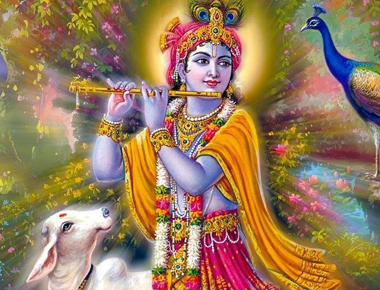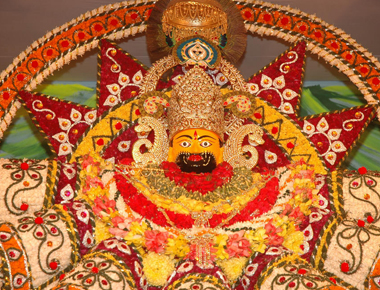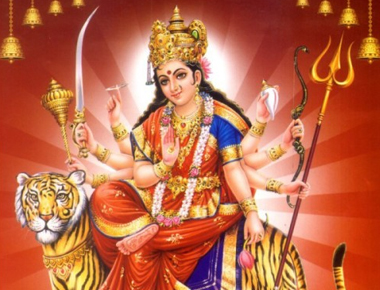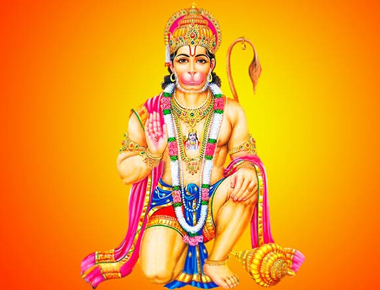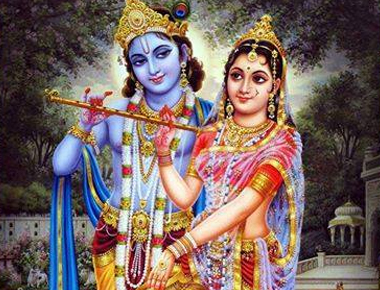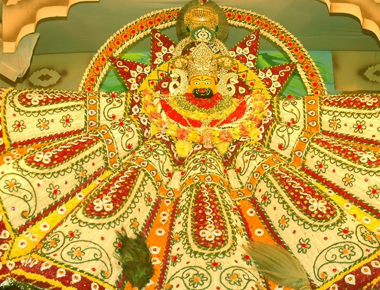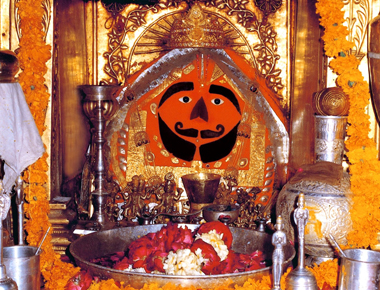- Description
-
Details
Introduction
Maha Shivratri Puja is performed for one of the most ardently revered and a supreme Hindu deity – Lord Shiva. Lord Shiva, as a part of the Holy Trinity – Brahma, Vishnu and Mahesh, plays a role of a transformer, to keep the universal life in balance. Mahashivratri is celebrated as a festival dedicated to Lord Shiva, who exemplifies perfection, balance, yoga, meditation and spiritual growth. As per Vedic Purana, Brahmins worship him for knowledge and moksha; Kshatriyas for honour and bravery; Vaishyas or traders worship him for prosperity; and Shudras worshipped him for a better fulfilled life. It is believed that worshipping Lord Shiva on Maha Shivratri bestows all of the above and free our souls from the miseries of the world.
Significance of Maha Shivratri Puja
The name, Mahashivratri, itself translates to – ‘The Night of Shiva’. As per a legend, it is on this day that Shiva appeared in the Linga form. It is also believed that Shiva and Shakti, i.e. Parvati, united together on this auspicious day. Parvati had observed hard core penance for a number of years before she could have Shiva as her husband. Hence, this day is considered auspicious when unmarried women observe a rigorous fast to find a life-partner. Mahashivratri is also observed to remember Lord’s Shiva’s selfless sacrifice during Samudra Manthan, when he gulped a pot full of poison to save the Trilokas.
Maha Shivratri Puja Benefits
Performing a Maha Shivaratri Puja and Vrat can help attain moksha from worldly ties and trials of life. It is also believed that observing Maha Shivratri Vrat can result in a happy and blessed life for married women and also help single women find a desirable life-partner.
Some of the others benefits come from chanting Shiva Mantra and performing puja rituals.
- Chanting Maha Mrityunjaya Jaap while performing abhishek can ward off deadly diseases and cures any illness.
- Performing abhishek with milk mixed with little water, can bestow purity on mind and soul.
- Abhishek with Panchamrut can bring about prosperity and success in your undertakings.
- Linga abhishek with Honey provides us with amicable nature and melodious speech.
- Performing Abhishek with ghee bestows victory against enemies.
- Offering sugar to Shiva Lings fills our life with happiness and joy.
Occasions to Perform Maha Shivratri Puja
- Mahashivratri Puja is performed on the Mahashivratri day, which falls on the fourteenth day in the dark fortnight of the month (Krishna Paksha) during Phalgun month as per the Hindu calendar. The Puja is performed as per the muhurat.
- This year, Mahashivratri falls on 7th March 2016.
Maha Shivratri Puja Vidhi
Maha shivratri Puja Vidhi requires devotees to follow a strict fast – Mahashivratri Vrat that should begin with and last till the end of Chaturdashi tithi.
- Devotees wake up early and take ritualistic bath in the morning. Bathing in holy rivers is preferred if possib.
- The devotees then offer prayers to Lord Surya, Lord Vishnu and Lord Shiva to seek blessings
- Adorning clean clothes, devotees visit Shiva Temple and perform the holy puja.
- The abhishek is performed with milk mixed with a little water, which is poured continuously over Shiv lingam while chanting ‘Om Namah Shivaaya’. This signifies purification of soul and mind.
- Once the abhishek is done, three horizontal lines are applied on Shiva linga with Bhasma that represents – purity, penance and spiritual knowledge.
- Sandal wood paste is offered to Shiva linga along with betel leaves. These offerings represent virtue and satisfaction from worldly pleasures.
- Finally a diya and incense are lit, which represents attainment of knowledge and wealth, along with offering Bhog Prasad that represents the fruits of the Mahashivratri Vrat and blessings of the lord.
- Many devotees stay all-night at the temple offering pujas during all the Prahars. Some also perform Jaagran – a night vigil, while meditating and chanting Shiva’s name with rosary beads.
- The fast is broken on just before the end of Chaturdashi tithi as per the muhurat on the following day.
Maha Shivratri Puja Shubh Muhurat
Maha Shivratri Puja can be performed through the day. The one that is performed in the night is known as Nishita Kaal Puja. Devotees can perform this puja during any of the four Prahars of the night. Some of the staunch Shiv Bhakts perform four different pujas during each of these four Prahars.
Nishita Kaal Puja Muhurat is between 00.06 till 00.56 on 8th March 2016. Muhurats for carrying out four Pujas at different Prahars are
- 1st Prahar -18.21 - 21.26.
- 2nd Prahar -21.26 - 00.31
- 3rd Prahar -00.31 - 03.36
- 4th Prahar -03.36 – 06.42
Chaturdashi Tithi starts on 7th March 2016 at 13.20 and finishes on 8th Mar 2016 at 10.34 am. The devotees can break the fast on 8th March after the fourth Prahar, between 06.42-10.34 am.
- Reviews
-
Quick Response
Please Contact Us

